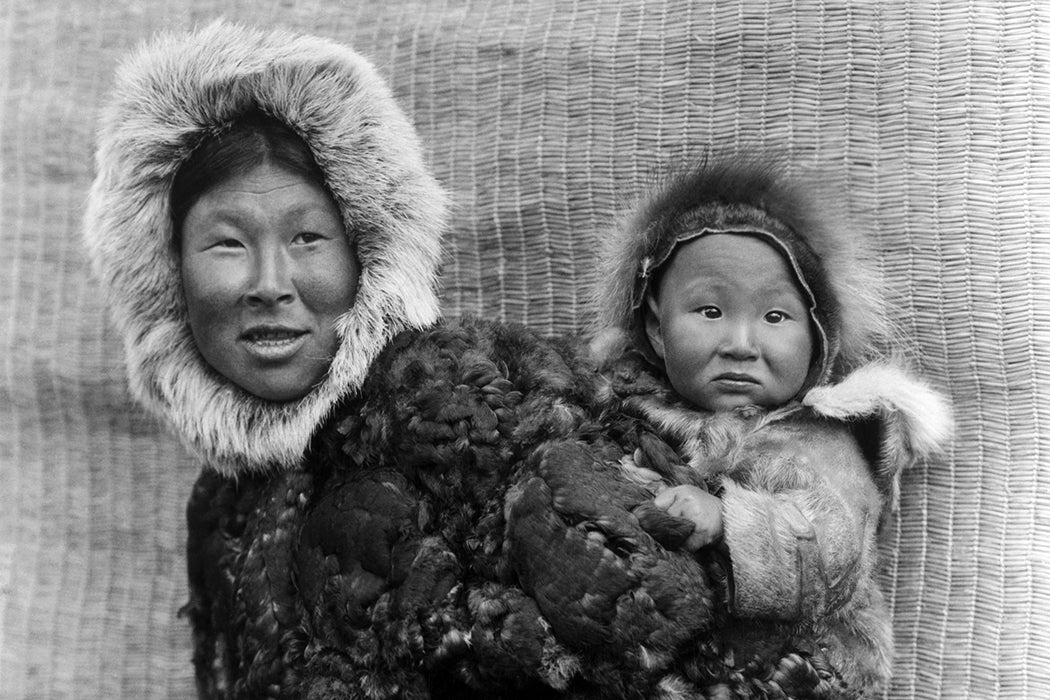Kodiak Kreol: Communities of Empire in Early Russian America [Patricia Cleary Review]
William and Mary Quarterly
Third Series, Volume 69, Number 3, July 2012
pages 665-667
DOI: 10.5309/willmaryquar.69.3.0665
Kodiak Kreol: Communities of Empire in Early Russian America. By Gwenn A. Miller. Ithaca, N.Y.: Cornell University Press, 2010. 242 pages.
Patricia Cleary, Professor of History
California State University, Long Beach
In a period of imperial expansion in the late eighteenth and early nineteenth century, Russia founded only one overseas colony, in several sites off the Alaskan coast. On Kodiak Island, the focus of Gwenn A. Miller’s study, the Russian American Company pursued the fur trade and sought the support of church and state for its efforts. In the process, the company’s agents disrupted the lives of the indigenous Alutiiq people, not least through forming relationships with local women and creating an ethnically mixed Kreol population. In her exploration of this North Pacific outpost, Miller focuses on how these initially tenuous and later increasingly formalized relationships laid the basis for a distinctive category and community of people within the Russian empire.
Drawing on slim and occasionally challenging sources, Miller traces Russian colonial expansion, examining how conquest and the exaction of tribute from subjugated peoples in Siberia facilitated the Kodiak venture. Teasing out how Russians differentiated themselves from locals, Miller focuses narrowly on the inhabitants of one island outpost, whose interactions, both peaceful and violent, led to the creation of a “new world” that was “never wholly Russian or Alutiiq” (xi). Although less well known than other Russian ventures, such as that at Sitka, Kodiak was, Miller argues, important in no small part because it lay at the “crossroads of early Alaskan colonial contact” (xi)…
…At the heart of Miller’s analysis is how mixed-race children came to be important both culturally and economically. Russian American children drew the interest of company leaders and government officials, who “singled out these children to be groomed for middling and at times high-level work within the colonial apparatus” (138). Demographic changes prompted such attention. With the overwhelming majority of native men forced to engage in the increasingly dangerous and difficult otter hunt, overhunting led to ever longer voyages, and growing numbers of men perished at sea. European diseases further contributed to the decline of the indigenous population. Company officials began to recognize two related needs: for young indigenous boys to remain in their communities “to train in the art of the sea otter hunt” (114) as their elders died at accelerated rates and for a population of future company workers to be educated appropriately. The hardships of life in the colonial outpost, the “difficulty of transporting substantial numbers of settlers from mainland Russia” (127), the skewed sex ratio among those who did emigrate, the declining Alutiiq population, and an expanding Kreol one turned the Kreol into “an important constituent of the subject population on Kodiak” (127), a few of whom were sent to study at the company’s expense in Saint Petersburg. State encouragement of mixed-race unions elsewhere, Miller states, typically took place in the earlier rather than later phases of colonial enterprises, with families rather than the state or firms responsible for making decisions about children’s educations. In stark contrast, Russian imperial officials “took increasing interest in this Kreol group of colonial residents as a loyal local population, and their expectations for the behavior of these people as European Russians was expressed in more concrete terms over time” (138), with the 1820s a high point. The church, state, and company all became more interested in these children; the company paid for their education in exchange for years of service, an arrangement that would turn “the local Kreol population into a literate managerial force that would be loyal to the Russian crown” (112)…
Read the entire review here.





